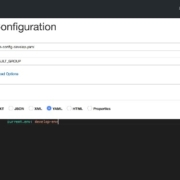It’s easy for modern, distributed, high-scale applications to hide database performance and efficiency problems. Optimizing performance of such complex systems at scale requires some skill, but more importantly it requires a sound strategy and good observability, because you can’t optimize what you can’t measure. This session explains a performance measurement and optimization process anyone can use to deliver results predictably, optimizing customer experience while freeing up compute resources and saving money.
The session begins with what to measure and how; how to analyze it; how to categorize problems into one of three types; and three matching strategies to use in optimization as a result. It is a recursive method that can be used at any scale, from a data center with many types of databases cooperating as one, to a single server and drilling down to a single query. Along the way, we’ll discuss related concepts such as internally- and externally-focused golden signals of performance and resource sufficiency, workload quality of service, and more.
Source de l’article sur DZONE










